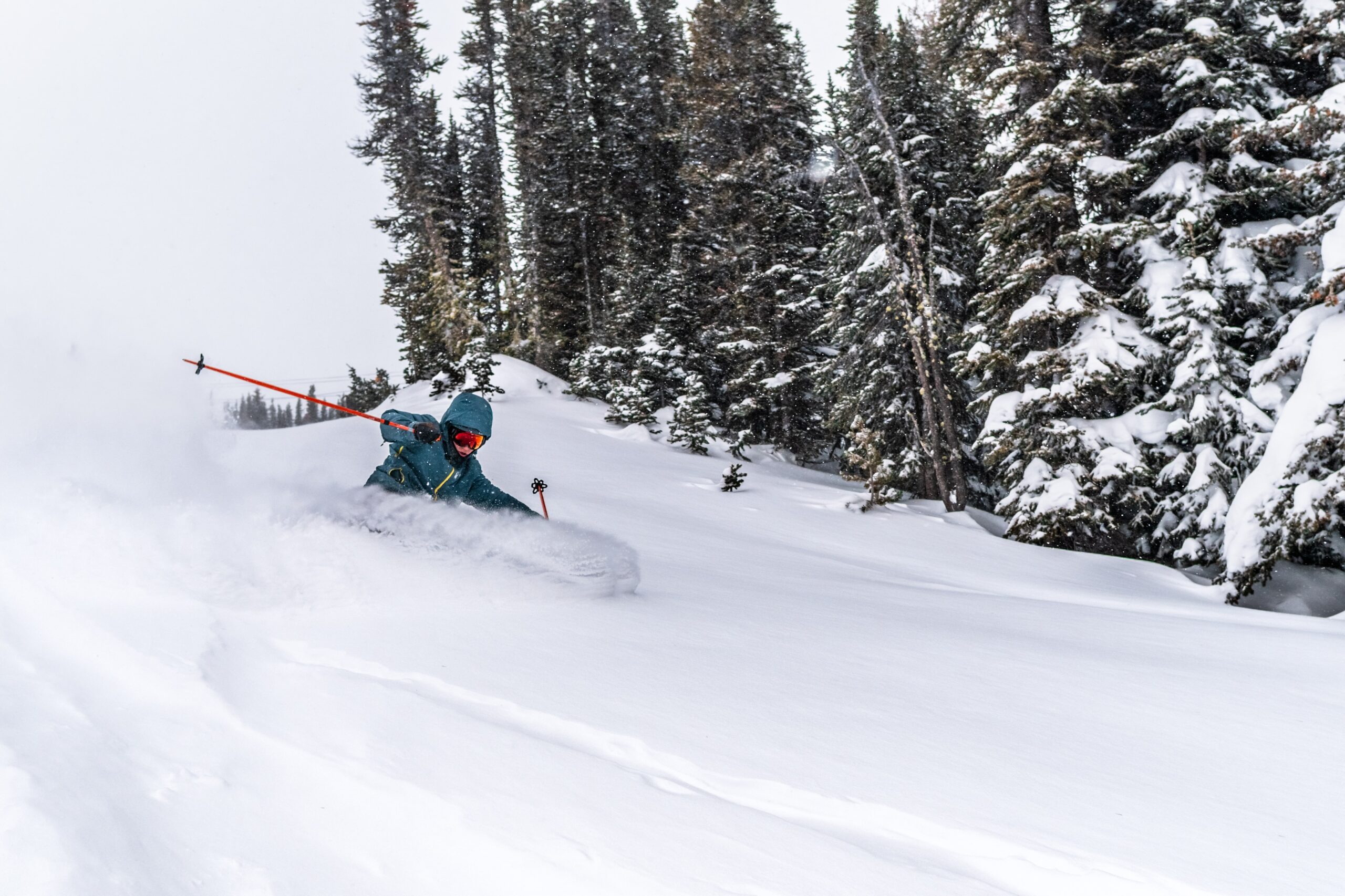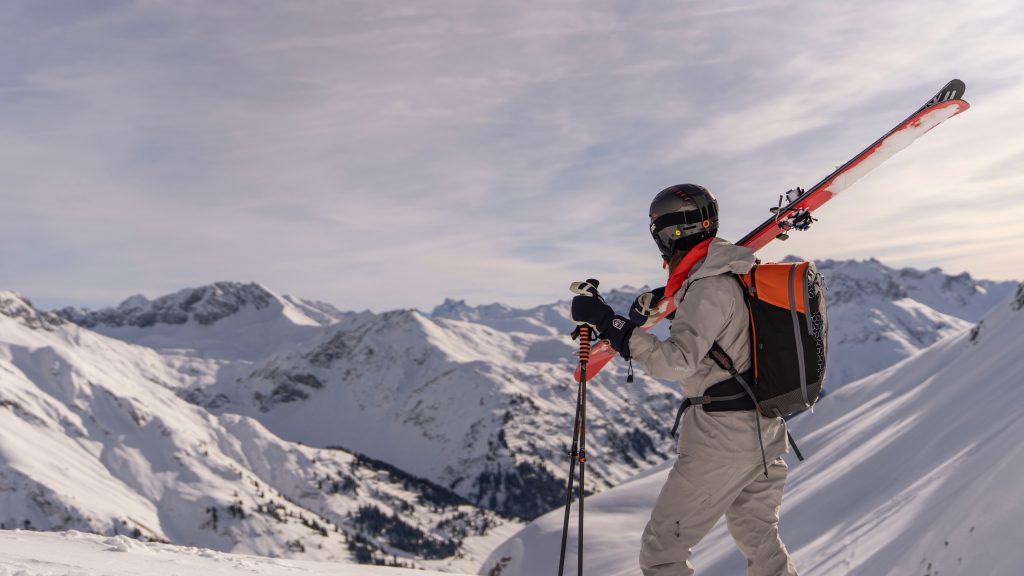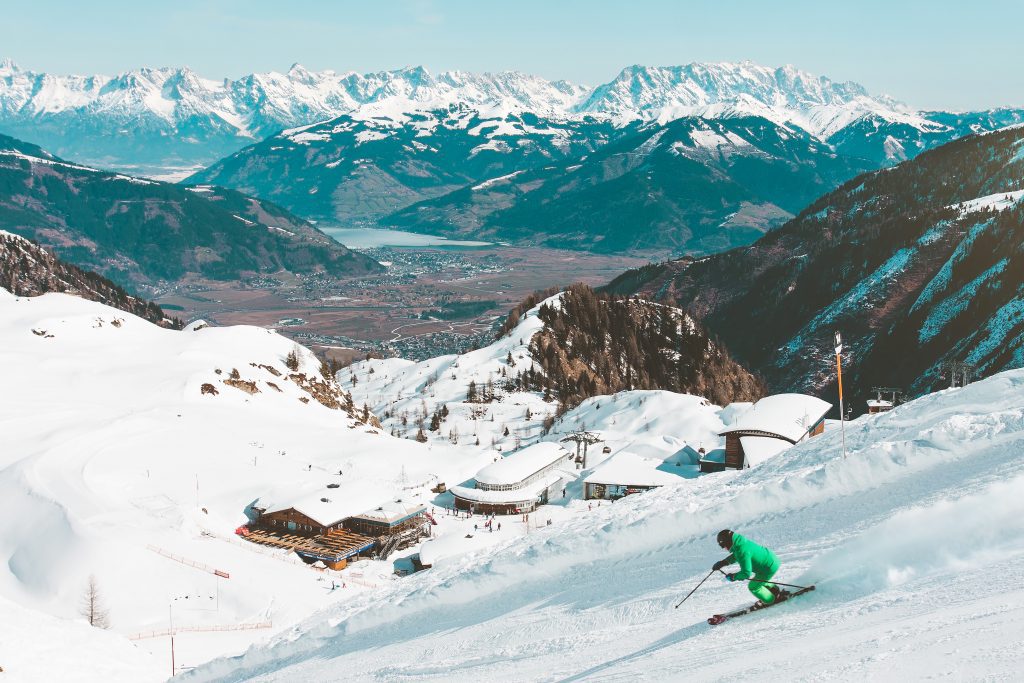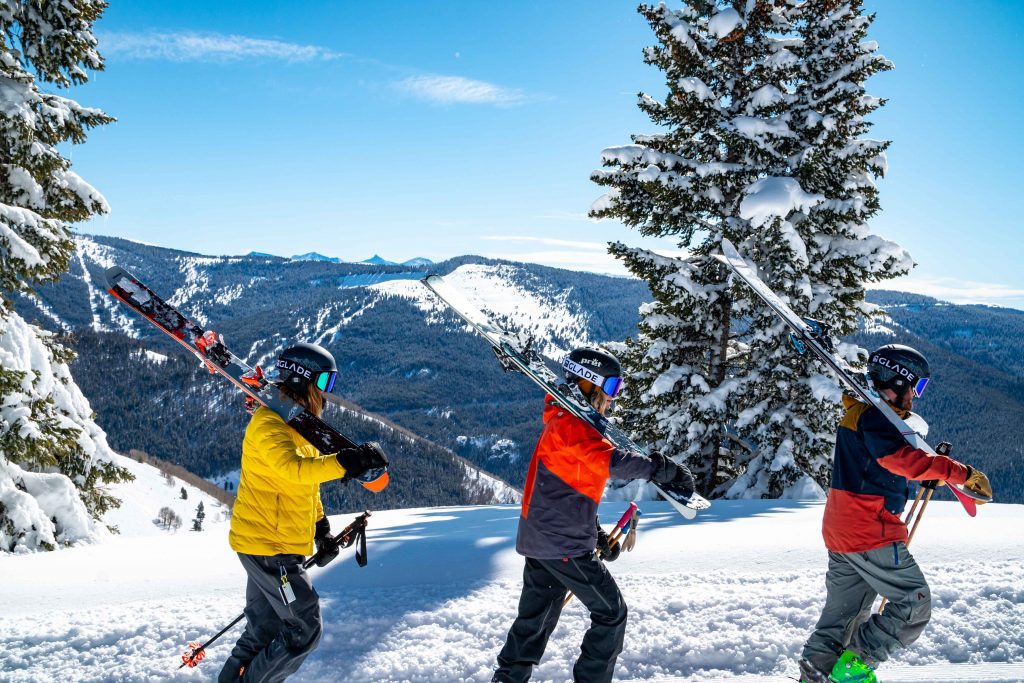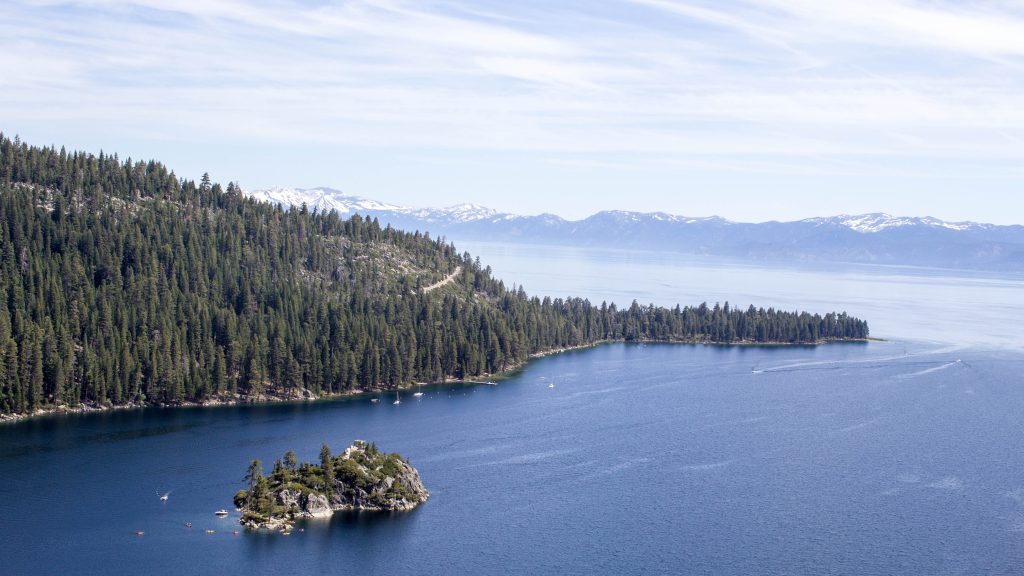Leave No Trace: How Sustainable Gear Makes a Major Impact
Whether you’re a seasoned adventurer or outdoor amateur, it’s crucial to consider the environmental impact you make when you recreate outside. Quality and sustainable gear should help us better explore the world we live in, but not at the expense of the planet. Buying and using sustainable products allows us to reduce our footprint for future generations of outdoor enthusiasts. The challenge is effectively assessing our gear’s impact.
To help you out, we’ve teamed up with Lava Linens, a mother-daughter trio challenging the status quo. Their mission is to provide eco-responsible adventurers with the most sustainable travel towels in the outdoor gear industry. They’re very passionate and knowledgeable about sustainable adventuring and the ways our textiles impact the environment.
Based in Boulder, Colorado, Lava’s co-founders Caitlin, Mary, and Sheila know first-hand how frustrating it can be to find the gear that doesn’t harm the very outdoors we all love to spend time in.
“The use of petroleum-based humanmade fibers for outdoor gear has exploded over the past few decades. These materials include polyester, rayon, spandex, and nylon. While they typically perform well, the amount of natural resources needed and the amount of pollution created during the production, use, and after-life phases is very high. We thought there must be another way.” – Caitlin Dickman, Co-founder of Lava.
From the chemicals, water usage, and carbon emissions in creating textiles to the millions of pounds of garments and products that end up in the dump or incinerated every year, it’s clear that pollution has been produced during every stage of the product life cycle. Yet, each material requires varying levels of resources. Thus, it’s essential to understand what the gear is made of.
Below are three key things to consider to help you shop more sustainably.
Research the materials that make sustainable gear.
Is the product you’re buying eco-friendly? What materials should you avoid? For instance, You want to stay away from synthetic materials such as polyester, nylon, rayon, or acrylics. These materials are produced using vast amounts of water, and they release carbon dioxide into the atmosphere contributing to climate change (water footprint network). Synthetics are also not biodegradable, hard to recycle, and add to the microplastics contaminating the planet’s drinking water.
Materials that you want to look for in your gear are made from recycled or sustainable materials. These include organic hemp, recycled cotton, organic linen, and Tencel. These materials require less energy and water to produce, making them better for the plane and the more sustainable option.
Look into the values and standards of the gear company.
Take some time to learn more about what drives the company. Who runs the company, what are their goals, what do they value, how are they continuing to learn and improve, are they transparent in their efforts, and how are they giving back to society?
“At Lava, we are very particular about how and where we source our raw materials. Many of our materials and producers hold certifications, including Oeko-Tex Standard 100, Masters of Linen, and ISO-800 and organic. While the process to certify our finished products is cost-prohibitive at the moment, we’re setting ourselves up to quickly and efficiently become certified when we reach that point.” Mary Swanson, Co-founder of Lava.
Review what certifications or independent verifications the company holds to make sustainable gear.
There are a variety of sustainability-related certifications and verifications. Some of the most common are BlueSign, Certified B Corp, and Oeko-Tex, and one that is gaining familiarity quickly is Climate Neutral. Each of these is an independent organization that tests and verifies that the products meet specific environmental standards. Most often, you can find these symbols on the company’s website.
It’s also important to note that large corporations have standard certifications that are more tailored to them. For smaller companies, check out the level of transparency they offer, including the quality and standards met by the producers of their raw materials.
Quality gear undoubtedly impacts the quality of your outdoor experience, regardless of your goals or experience level. Remember to shop sustainably, do your research, talk to the experts, and try before you buy!


